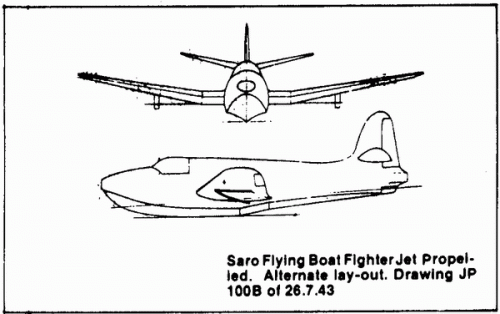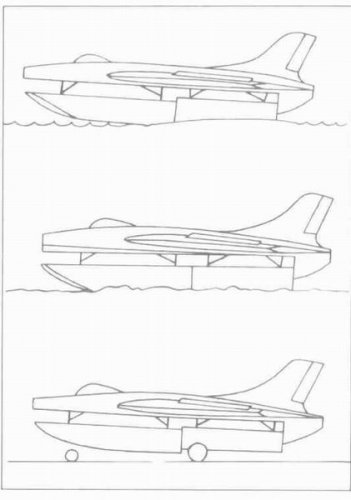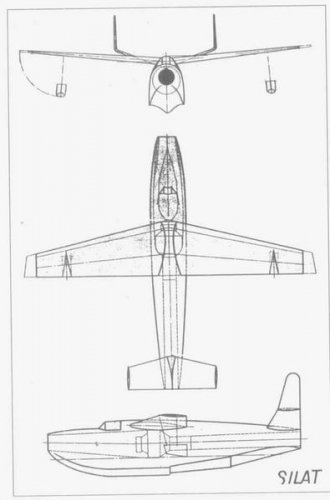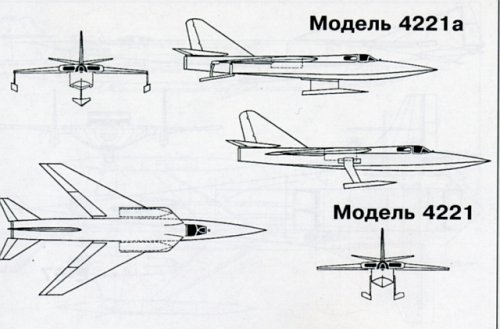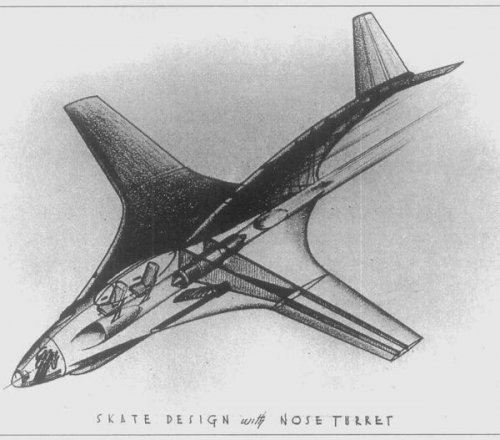- Joined
- 11 March 2006
- Messages
- 8,622
- Reaction score
- 3,779
I would like to start a new thread today, about a kind of combat aircraft, that was very succesful in WW I, used in small numbers with mediocre success during WW II and became more or less extinct after the war with the end of the ‘50s: The seaplane fighter. The two well known post-war types and the only ones to reach the stage of flying hardware, were the british Saunders S.44 / SR A/1 and the US american Convair XF2Y Seadart. There probably were good reasons, that the seaplane jetfighter didn't reach maturity, nevertheless I'll begin to present the designs known to me, apart from the two actually built types, mentioned above :
MAEE (Marine Aircraft Experimental Establishment) proposal
(From Air International 10/96)
Saro project 1943 with deHavilland H-1 and dorsal intake
Saro project 1943, alternative layout
Saro SR44 pre-project P130/1
(From ISO file 3, Saro A/1, thank you, boxkite !)
MAEE (Marine Aircraft Experimental Establishment) proposal
(From Air International 10/96)
Saro project 1943 with deHavilland H-1 and dorsal intake
Saro project 1943, alternative layout
Saro SR44 pre-project P130/1
(From ISO file 3, Saro A/1, thank you, boxkite !)



